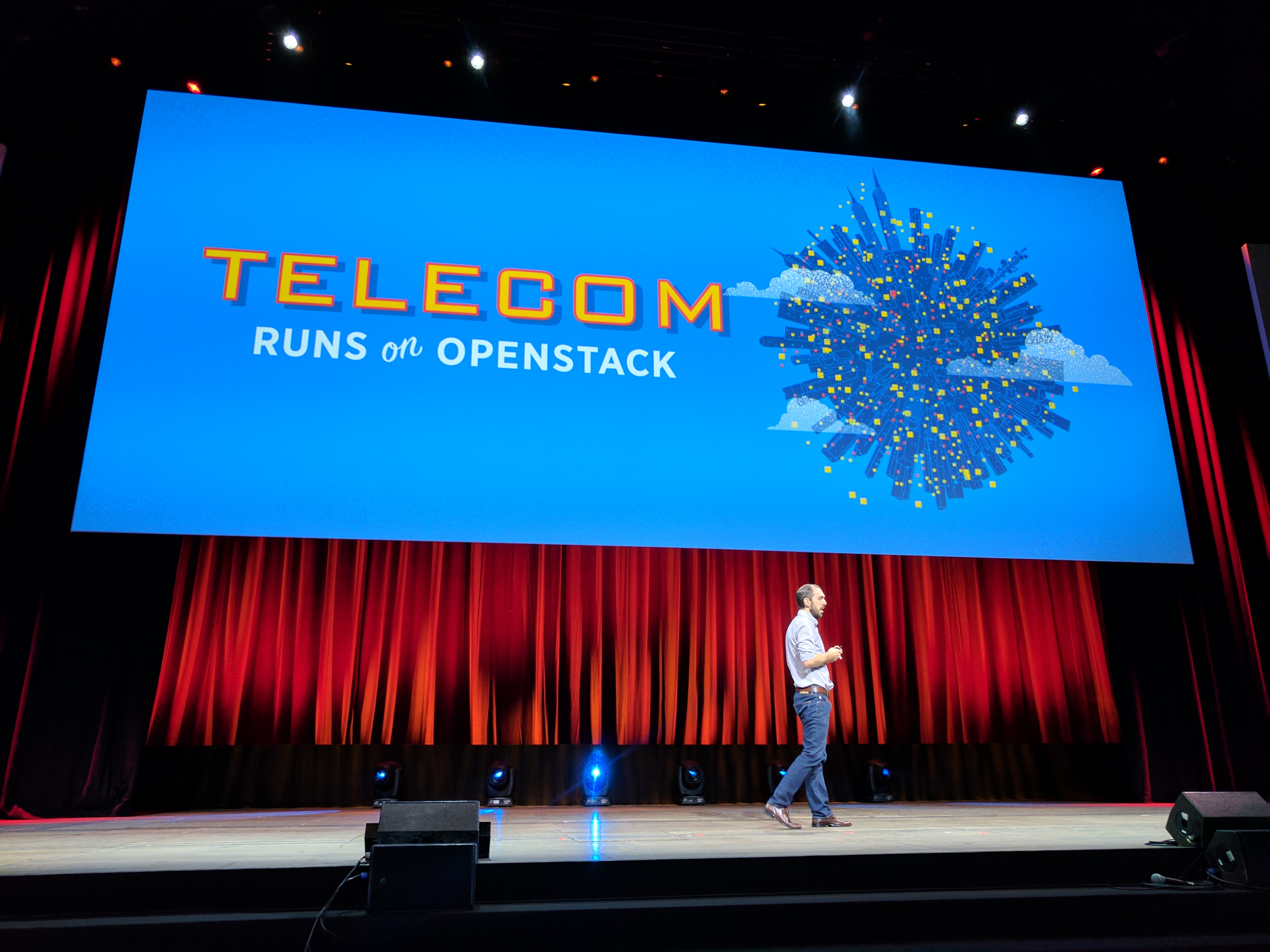OpenStack , the open source cloud computer platform that allows enterprises to essentially run their own variation of AWS in their information centers, was founded by NASA and Rackspace in 2010 Today, it’s being made use of by the similarity Comcast, PayPal, Volkswagen, CERN, AT&T, China Mobile and Her Greatness’s Profits and Customizeds in the U.K. The OpenStack Structure’s bi-annual developer conferences currently frequently bring in hundreds of developers and while the project started with only a few core solutions (compute, storage and networking), it now features 6 core services and regarding 60 small tasks under its umbrella.
After 14 launches in the last six years, it’s clear that OpenStack is currently a quite fully grown job; that most definitely revealed at the project’s most current programmer seminar in Barcelona, Spain this week.
A couple of years ago, the concern everybody asked at these OpenStack Tops was whether anyone was really running the software in production and whether it was ready for the business. Both of those factors are currently moot. According to a study by 451 Research, the majority of OpenStack-powered clouds are now in between 1, 000 and 10, 000 cores in size– and five percent top 100, 000 cores. Most of the task’s enterprise utilizes run their framework solutions, business applications and large information workloads, along with internet solution and ecommerce applications on the platform.
Despite the fact that OpenStack has reached this level of success, there is still periodically an air of instability around the task. After the start-up ecological community around the task grew a couple of years back, the inevitable debt consolidation set in in 2015, with the shutdown of Galaxy, a firm that marketed hardware and software based upon OpenStack, being the main bellwether. Furthermore, a couple of various other start-ups in the OpenStack ecological community also lately closed down. And while HP and later HPE continue to be major backers of the task, HPE lately gave up a lot of its OpenStack engineers, although it’s still actively trying to sell OpenStack to its clients– particularly in the telco globe.
Approved owner Mark Shuttleworth told me that it’s time for a reality look for OpenStack and the suppliers in its ecological community. He’s probably a little bit more downhearted about OpenStack than I am, though. Time after time, this year’s Top focused on OpenStack’s telco customers and the reality that they are utilizing the software application to change a great deal of their pricey exclusive hardware with software (the buzz acronym below is NFV– network function virtualization). Those users consist of Deutsche Telekom, AT&T and various telcos in China, where OpenStack is expanding especially rapidly. Indeed, China Mobile and Deutsche Telekom both came to be gold-level sponsors of the task this week.
Techcrunch occasion
San Francisco | October 27 – 29, 2025
While telco’s are much more active today than they were just a few years earlier, this is still an extremely traditional industry, with lengthy sales and implementation cycles. The basic fact that these companies are betting on OpenStack– along with everybody else that is currently on board– offers me plenty of confidence in the task’s long-term potential customers.
Rackspace CTO John Engates is probably extra favorable regarding OpenStack’s future than I am, however. He told me that he believes all Ton of money 100 firms will utilize OpenStack in some kind or one more within the next three years (half currently do today). He does think, nonetheless, that recognition of the task in the C-Suite is still doing not have, yet that having significant backers like Comcast and Walmart suggests we’ll see a trickle-down result where also mid-sized firms will have a look at OpenStack in the long-term. As Rackspace’s basic supervisor for its OpenStack exclusive cloud service Bryan Thompson also noted, the firm is currently seeing even more mid-sized ventures interested in OpenStack and its existing clients are often growing their OpenStack commitment and either increasing their existing clouds or releasing brand-new ones in different locations.
For the longest time, the OpenStack community likewise discussed exactly how to incorporate containers (and whether they were a risk that could at some point lower the whole house that Rackspace and NASA developed). At this moment, that discussion appears resolved. OpenStack now features numerous services that make running containers on OpenStack simpler. Undoubtedly, it seems like the OpenStack neighborhood is making a quite large bank on containers and, while it’s not taking sides, Kubernetes appears to be on top of mind of the community overall.
While working with the container community seems to have come naturally, however, the task’s exec director (and pastime cattle farmer) Jonathan Bryce admitted that the community should do even more to reach out to various other open resource tasks so it can gain from the technology that takes place beyond its prompt scope.
Rackspace’s Engates informed me that last year, he anticipated that this would certainly be the year that OpenStack would come to be dull– not due to the fact that it isn’t a successful job any longer yet due to the fact that it’ll be secure, there won’t be any kind of drama and since it’s chugging along simply fine. He’s probably right. Yet the team behind the project is additionally clearly looking to keep introducing due to the fact that standing still is undoubtedly not an option in innovation and we have actually currently seen that OpenStack (like the Borg) is at its ideal when it absorbs brand-new innovations like containers.

